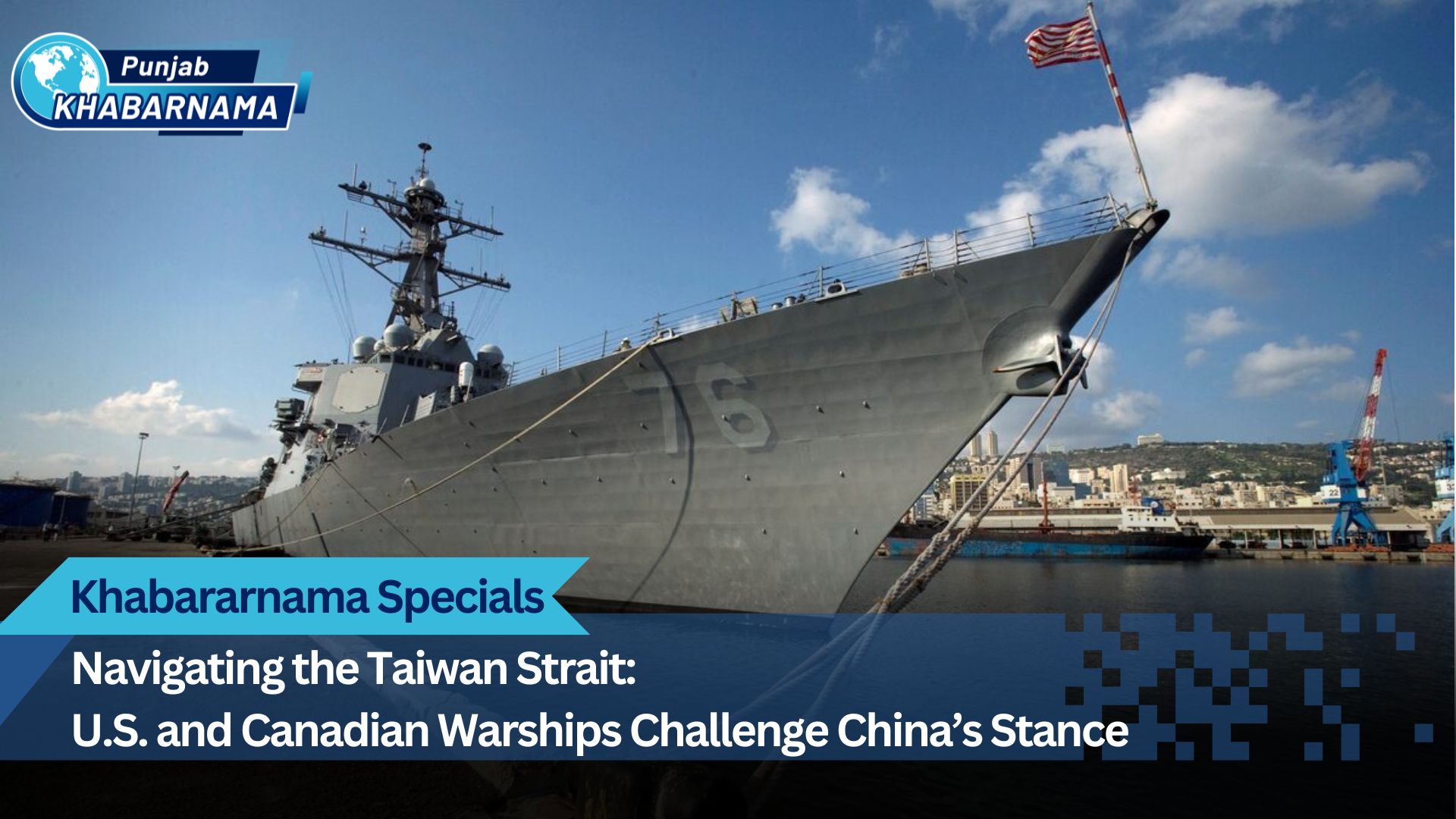In a significant move that has drawn global attention, U.S. and Canadian warships sailed through the Taiwan Strait on October 20, 2024. This joint operation, led by the U.S. destroyer USS Higgins and the Canadian frigate HMCS Vancouver, comes at a time of heightened tensions in the region. The two nations aimed to assert the importance of keeping international waters open for all, in line with global maritime laws.
The Taiwan Strait, a crucial waterway separating Taiwan from mainland China, has become a focal point in the growing geopolitical competition between the West and China. Recently, China conducted large-scale military exercises near Taiwan, signalling its intention to reinforce territorial claims over the island. These drills, intended to showcase China’s strength, have only escalated the already fragile situation. Just days after these exercises, the U.S. and Canada’s transit through the strait sent a strong message: freedom of navigation must be protected, regardless of political disputes.
This joint operation is not just about sailing through a contested area but it’s a broader demonstration of Western countries standing together to uphold international norms. China, predictably, reacted strongly, criticising the U.S. and Canadian ships for what it described as a “disruptive” act that threatened regional peace. From China’s perspective, foreign military presence near Taiwan is seen as a provocation, as it views Taiwan as part of its territory. However, the U.S. and Canada insist that their passage through the strait was a routine operation aimed at ensuring that international waters remain open and accessible to all.
The Taiwan Strait is not only strategically important for regional security but also a vital route for global trade. Any restriction of movement in these waters could have significant economic consequences. This is why the recent passage by U.S. and Canadian warships has made headlines and it underscores the growing power struggle over who controls critical maritime routes, especially as China becomes more assertive in the Indo-Pacific region.
This operation also aligns with other recent military activities in the area. In August 2024, the U.S., Australia, Canada, and the Philippines conducted joint naval exercises in the South China Sea, another disputed region where China’s territorial ambitions have raised alarms. These collective efforts by Western and allied nations aim to challenge China’s growing influence and ensure the region remains stable.
As U.S. and Canadian forces continue to collaborate on operations like this, the global community will closely watch how these power dynamics unfold. The emphasis on freedom of navigation remains central to ensuring the Taiwan Strait and other vital waterways stay open for international use, despite ongoing disputes.
Related Resources :
- Reuters: U.S. and Canada Send Warships Through Taiwan Strait
- Associated Press: Warships Pass Through Taiwan Strait

